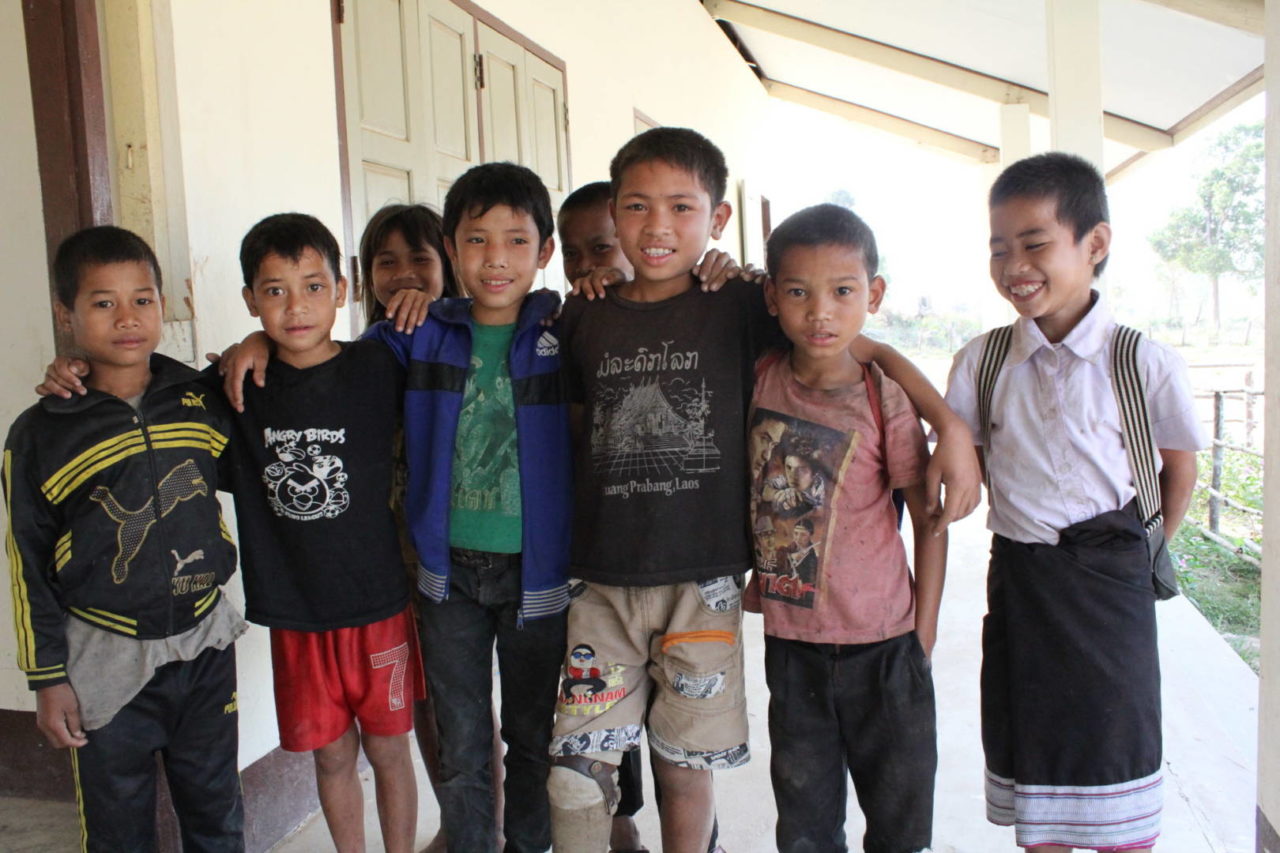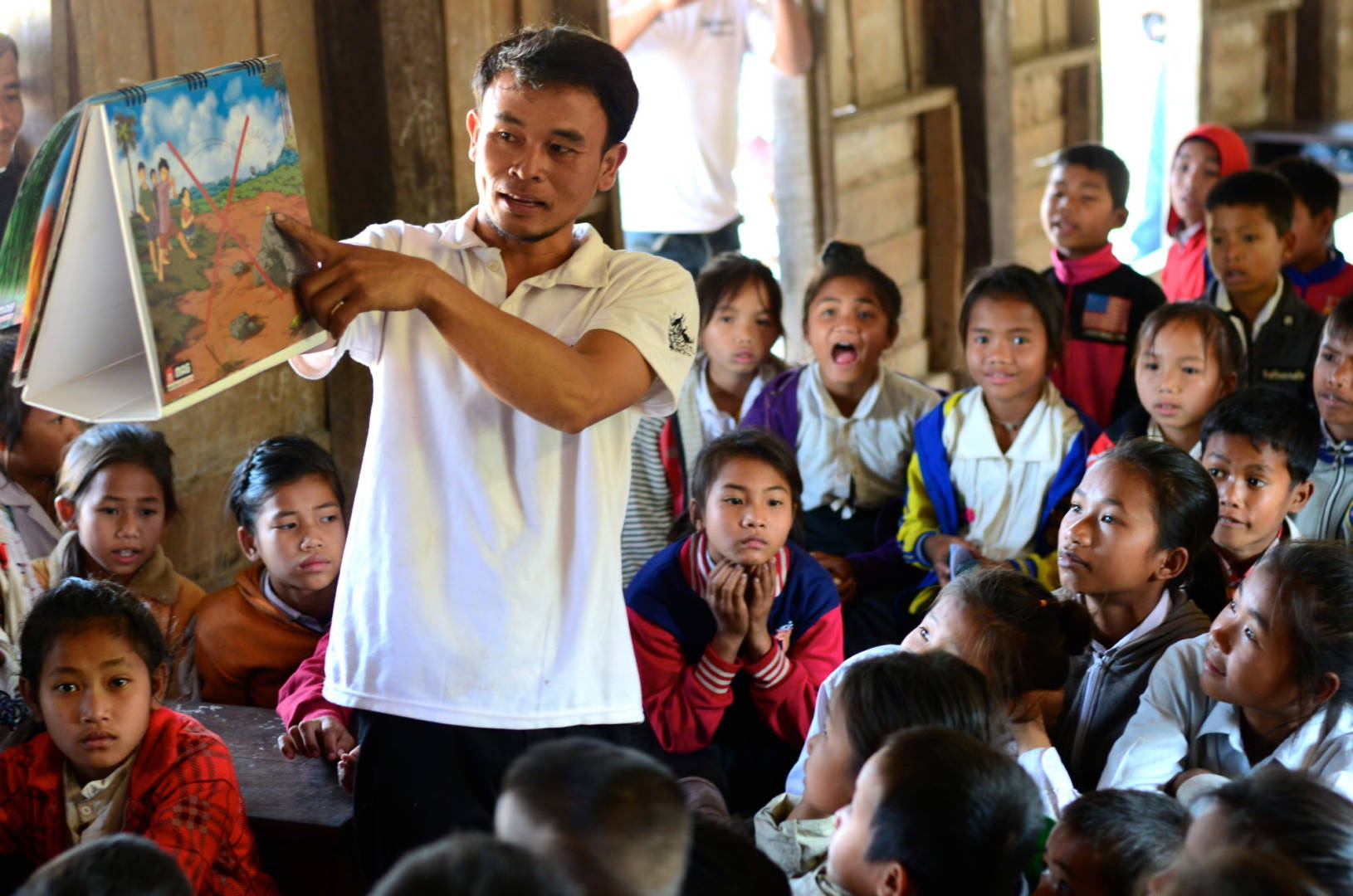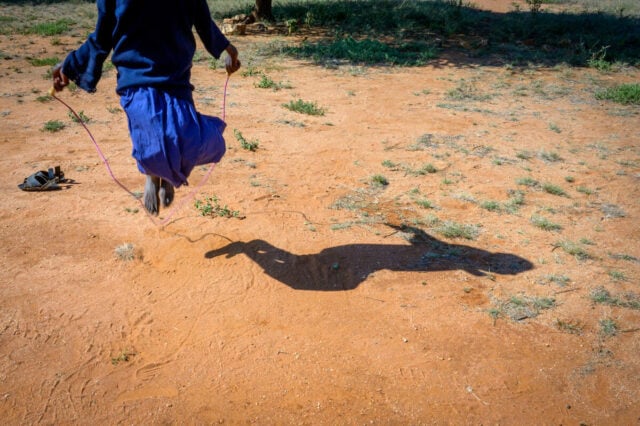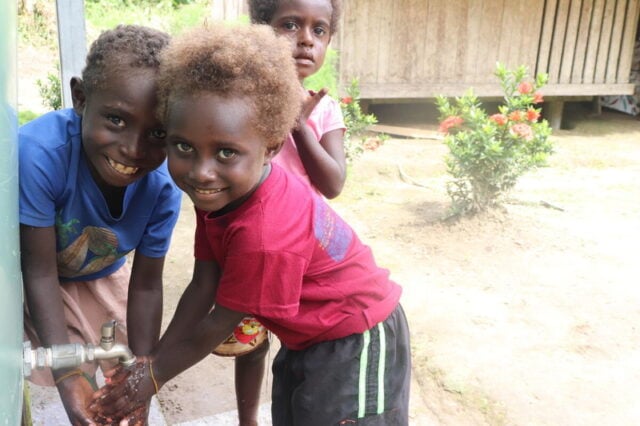Yaok was 9 when a small bomb exploded near him, killing his brother, Vangsith, and three other children. Yaok and two others were injured. To save his life, his right leg had to be amputated.
Yaok says the bomb that took his leg looked like a rusty ball. It was just the sort of object a curious child would pick up to play with. He doesn’t remember anything about the explosion.
“When I woke up, I saw my friends dead beside me,” he says.
That was the beginning of a painful, fearful process of treatment and uncertain recovery— another reminder of the terrible legacy of war.
President Obama, during a recent trip to Laos, acknowledged the U.S. government’s role during the Vietnam War in making Laos “per person, the most heavily bombed country in history.”
After attending a state event honoring President Obama, Chris Herink, World Vision’s national director for Laos, commented: “We hope and pray that the visits by all the heads of state this week will be the beginning of a new chapter of openness and engagement for Laos.”
Obama pledges $90 million for ‘moral obligation’ to demine Laos
“Given our history here,” President Obama said, “I believe that the United States has a moral obligation to help Laos heal.”
The president also announced that America will contribute $90 million over three years to demining activities in Laos. The U.S. has spent about $100 million over the past 20 years to clear mines and prevent injuries.
From 1964 to 1973, U.S. warplanes dropped more than 260 million anti-personnel cluster munitions over Laos, and about 30% of them didn’t explode, according to Laotian authorities. Unexploded ordnance left over from the Vietnam War litters the countryside.
Decades after they dropped from the sky, bombs are still killing civilians.
A land-mine monitoring group estimates that 50,000 people in Laos have been killed or injured by air-dropped ordnance since 1964. Many of the casualties are children like Yaok’s friends.

Demining and accident prevention save lives
Yaok is a World Vision sponsored child. The organization helped his family to get the medical care and rehabilitation he needed.
“The timing was critical,” says Vilasai Thammavong, a World Vision staff member who worked closely with Yaok’s family. “The doctor told us the boy’s leg was seriously infected. His leg would have to be amputated in order for him to regain mobility.”
Three years later, Yaok runs and plays using a prosthetic leg. He helps with family chores. But still he worries about the unseen bombs in his community.
“I am afraid that this will happen to other children again,” he says.
Phaythoun Chandala, 28, a volunteer mine educator with World Vision, does everything he can to help communities keep their children safe from mine explosions. He teaches children as young as primary school age how to identify and report unexploded ordnance.
Unexploded bombs a daily threat
Where Phaythoun lives, in central Laos’ Khammaoun Province, there is massive contamination with land mines.
“Communities in this area [once] witnessed bomb explosions almost on a daily basis,” says Phaytoun.
Without knowing what the dangerous objects were, people picked them up and threw them or played with them. They sometimes collected and sold bombs, or even tried to burn them, he says.
“Since the training of volunteers in villages, we see fewer accidents, to almost none,” says World Vision project manager Thavone Phounnaly.
Community development has been hampered because fields and forests cluttered with munitions pose a daily threat to families trying to make a living by farming.
That’s why along with awareness training, World Vision cooperates with the Laos government and nongovernmental organization Mine Action Group to remove mines and certify land released for agriculture and development. So far, more than 1,000 acres have been cleared and more than 2,120 bombs and mines destroyed.
“My hope and dream for the future is to see my community in a better situation and have our communities and children safe from unexploded bombs,” says Phaythoun. “I would like our village to become a green community with lots of plantations. I want to see developed farmland and an overall community improvement. I dream that our communities can be self-reliant in the future.”
Read President Obama’s remarks in Laos.
Reporting from Laos by World Vision staff members Ammala Thomisith and Mark Nonkes.




